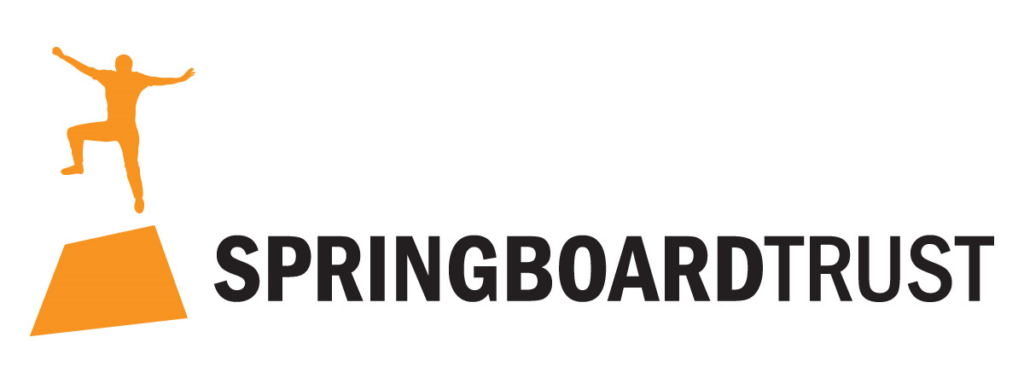A pair of new reports from our friends at The Education Hub has highlighted some stark issues with literacy in Aotearoa, including that some 40% of 15-year-olds are struggling to read and write. With evidence showing that higher literacy creates better opportunities for tamariki down the line, it is a concerning result that requires urgent attention.
As with all things in education, literacy is a complex web of issues, and a concerted effort on multiple fronts is required to begin improving outcomes for our tamariki. To break down some of the issues presented in these reports (and how we might move forward), we spoke with Dr Nina Hood, co-author of the report and founder of The Education Hub.
Now I Don’t Know My ABC: The Perilous State of Literacy in Aotearoa New Zealand
The classroom focal points
The Education Hub’s reports reiterate that addressing literacy has to be a systemic process. Many levers of change must be pulled or tweaked, including whānau engagement, teaching practices, and of course a top-level, nationwide literacy strategy. Successfully achieving the systemic changes that are needed will be challenging, but Dr Hood notes that it is possible to identify a number of factors that should be part of the approach forward.
“The first couple of years at school are essential for laying the foundations for ongoing literacy success. The research tells us that explicit, systematic instruction of phonological awareness is important but also that tamariki also need to be exposed to rich oral language, books, poems and opportunities to build up a broad vocabulary.”
“Moving up schooling, we want to see that focus continue, but alongside the development of critical literacy skills and deeper comprehension – making links between concepts on their own. And then in upper primary or secondary school, one focus has to be developing disciplinary literacy – what are the specific skills required in a curriculum area?”
Much of this, Dr Hood notes, is seen as the responsibility of teachers at all levels, particularly around providing adequately challenging texts for each age or ability level. But for sweeping improvements to literacy in Aotearoa, a broader set of stakeholders must be engaged.
Moving outside the scope of education
Before these outcomes, Dr Hood believes the early childhood space presents a critical juncture in the literacy journey.
“For true system-wide literacy support, we do have to take it right back to the beginning. We know what happens in the preschool years has a big impact on what happens later on – we’ve got to think about what’s happening with whānau, helping that rich oral language development and providing lots of opportunities to develop oral language skills.”
But while this is a fairly commonly understood point at which to begin addressing literacy, Dr Hood adds that this space is even more complex than the strictly in-school challenges.
“Literacy is not just an educational issue. Ultimately improving literacy outcomes will also require engagement with issues that fall outside of education’s remit.”
“While a lot of policy-level settings that would positively impact literacy sit outside education, there is some intersection around absenteeism and transience. We know that these are deeper social issues, particularly post-pandemic, but making sure school is an environment students want to be in, they want to engage in, is so important.”
Envisaging solutions for our tamariki
Falling literacy is not a new issue – The Education Hub’s reports show it has been in decline since 2009 – but it is an issue that requires immediate attention. As Dr Hood and both reports explain, there are some clear ways forward identified both home and abroad.
“We can look to Canada, where they made literacy a human right in 2012. While recent reports, like one out of Ontario, show that they are still failing young people in this regard, I think there’s something important to recognise in the significance they have placed on literacy in this way – a similar level of prominence is a good step.”
“There’s also an interesting result from New South Wales that came out late last year, where they gave students texts and examples relevant to their knowledge bases, like local places or indigenous concepts. By providing that more relevant context, they closed the indigenous reading gap by 50%. There are two parts to this, I think: one is providing culturally relevant information and text, but then also ensuring that all young people are exposed to the range of knowledge and texts that will enable them to be successful through their lifecourse.”
Locally, Dr Hood thinks the logical first step is a national literacy strategy that gives strong detail about its intended changes.
“The announcement of a strategy is a good first step in that literacy is being recognised as an issue, but it’s too soon to make a judgment on the strategy. We need to see what the model of common practice will be, how teacher education will change – specific substance on how our literacy challenges will be addressed.”
At its core, Dr Hood explains, the concept of building literacy is a complicated one – but with clear first steps.
“It’s about ensuring that all students develop strong foundational literacy skills and that these are built upon at all levels by ensuring students have opportunities to read relevant, challenging texts. It’s giving students great literature that extends them.”









